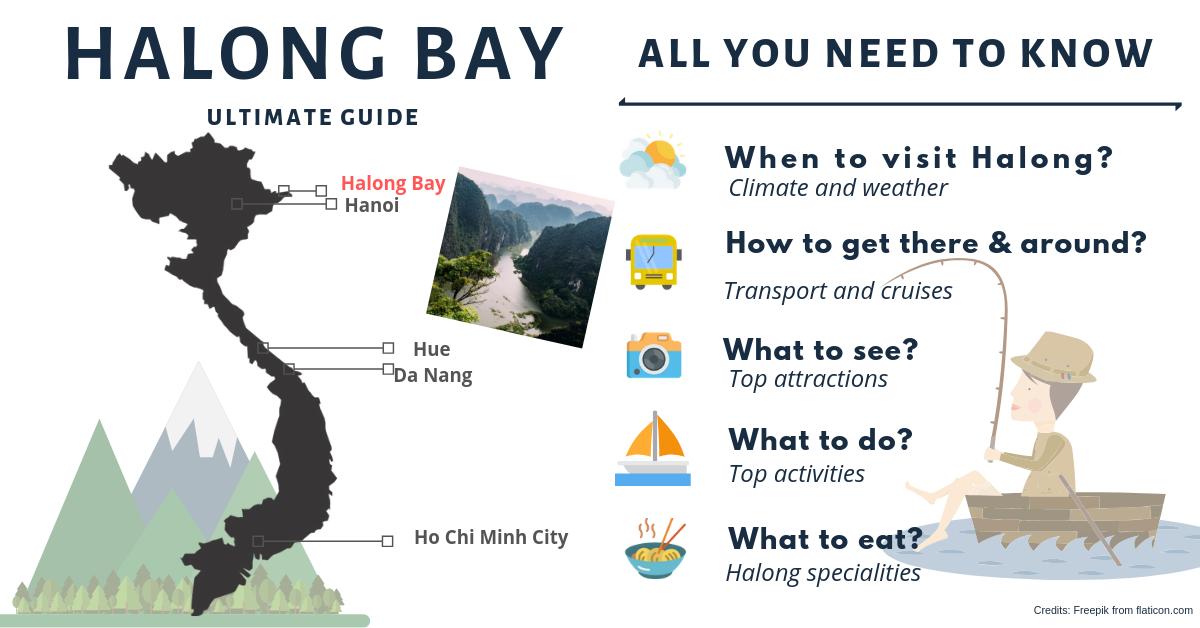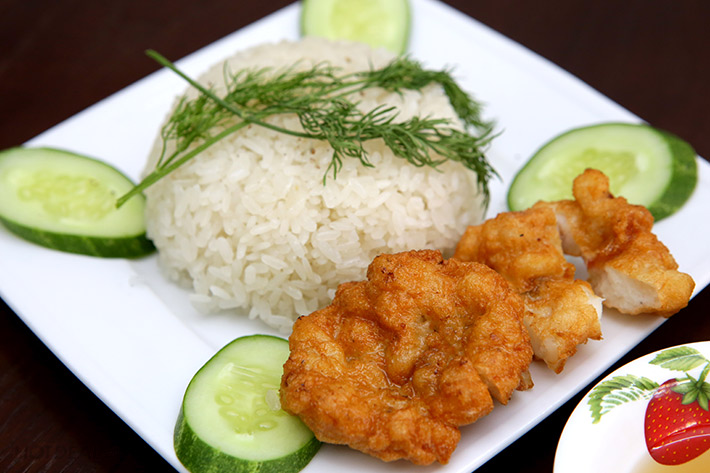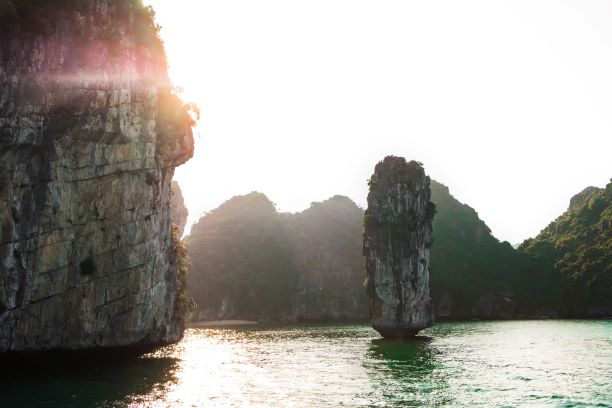The Land of Descending Dragon
Halong Bay is located in Quang Ninh Province 160 km from Hanoi, in the Gulf of Tonkin, and is undeniably one of the must-visit postcard-worthy landmarks of Vietnam. In 1994 Halong Bay was by right granted the title of UNESCO World Heritage Site. Just imagine: over 1.500 km2 of serenity and emerald sea and over 2000 limestone islets covered with lush green jungles and towering above the waters. The islets so pristine, that during their 500 million years long history, many of them have never been touched by a human. Intrigued?
Make sure to add this unmatched nature creation of enigmatic origin to your Vietnam travel itinerary. To make your planning easier, we’ve collected all that you need to know in this Ultimate Guide to Halong Bay.
A trip-to-remember awaits!





















